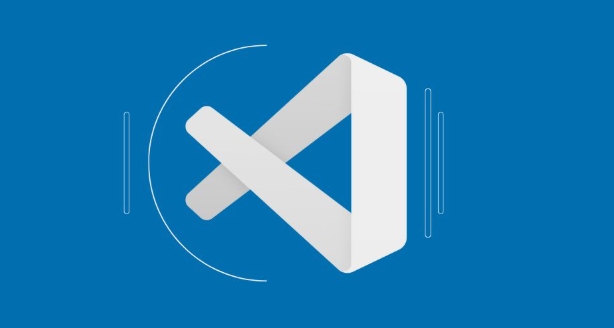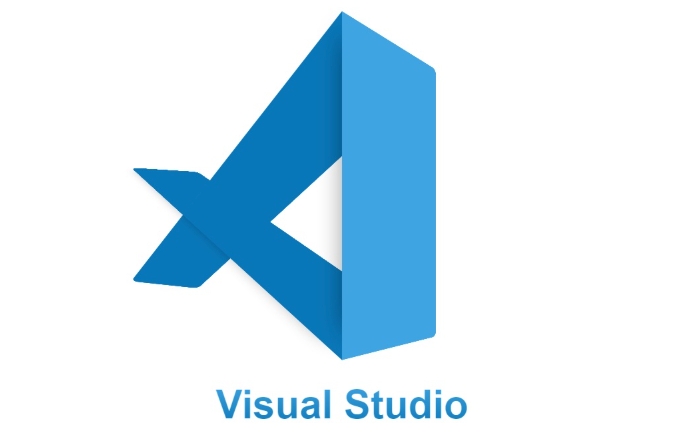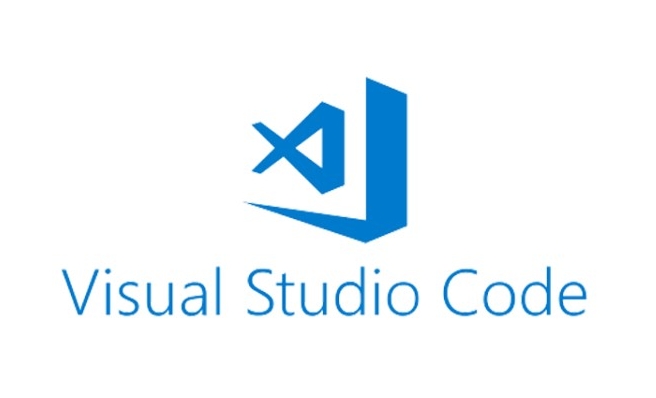To make VSCode blend with your GTK theme on Linux, first find your GTK theme using Settings or the terminal command gsettings get org.gnome.desktop.interface gtk-theme. Next, manually select a matching VSCode theme via Ctrl K Ctrl T, choosing built-in or community themes like "Material Theme" or "One Dark Pro". Finally, customize VSCode's settings.json to adjust colors, fonts, and window controls for seamless integration.

If you're on Linux and want your VSCode theme to blend nicely with your GTK theme, it's totally doable — and not too hard once you know how. The trick is matching both the color scheme and general look between your desktop environment and VSCode.

Find out your current GTK theme
Before tweaking VSCode, you need to know which GTK theme you’re using. Most modern Linux desktops use GTK for application appearance, so figuring this out is a good starting point.

- You can usually find your current GTK theme in Settings > Appearance (or similar) depending on your desktop environment (GNOME, KDE, XFCE, etc).
- Alternatively, open a terminal and run:
gsettings get org.gnome.desktop.interface gtk-theme
This works on GNOME-based systems. If you're on KDE or another DE, there might be a different way — check your system settings.
Once you have the name of your GTK theme, you’ll have a better idea of what kind of colors and style you're aiming for in VSCode.

Match VSCode’s color theme manually
VSCode doesn’t automatically sync with your GTK theme, but you can manually choose a built-in theme that closely resembles your desktop’s look.
- Open VSCode.
- Press
Ctrl K Ctrl Tto bring up the theme picker. - Scroll through the list and try themes like Dark (Visual Studio) or Light (Visual Studio) if your GTK theme is light/dark. There are also many community-made themes available in the Extensions Marketplace.
If you want something closer to your system theme:
- Install an extension like "Material Theme", "One Dark Pro", or "GitHub Theme", which often have variants that mimic popular GTK themes.
Tip: Some GTK themes have corresponding VSCode themes — search for your GTK theme name plus "VSCode" online. You might find a matching one.
Customize your VSCode settings for better integration
Even after choosing a theme, you might notice small visual mismatches — like contrast levels or accent colors. You can tweak these by editing VSCode’s settings.json.
Here are some common tweaks:
- Set custom colors to match your GTK theme:
"workbench.colorCustomizations": { "sideBar.background": "#2e3440", "editor.background": "#2e3440", "statusBar.background": "#3b4252" }
You can find color values from your GTK theme’s configuration files or by using tools like gnome-colors-extractor or screenshot-based color pickers.
Also consider adjusting font rendering and window controls:
- If your GTK theme uses rounded corners or specific fonts, make sure VSCode isn't using a wildly different font family or weight.
- In settings, set
"window.titleBarStyle": "custom"to get a smoother look when using dark/light themes.
These little changes help VSCode feel more native to your desktop.
That’s basically all there is to it. It takes a bit of trial and error, especially if your GTK theme is unique or highly customized. But with a matching theme and a few tweaks in settings.json, you can get VSCode looking right at home alongside your other apps.
The above is the detailed content of How to make VSCode theme match my GTK theme on Linux. For more information, please follow other related articles on the PHP Chinese website!

Hot AI Tools

Undress AI Tool
Undress images for free

Undresser.AI Undress
AI-powered app for creating realistic nude photos

AI Clothes Remover
Online AI tool for removing clothes from photos.

Clothoff.io
AI clothes remover

Video Face Swap
Swap faces in any video effortlessly with our completely free AI face swap tool!

Hot Article

Hot Tools

Notepad++7.3.1
Easy-to-use and free code editor

SublimeText3 Chinese version
Chinese version, very easy to use

Zend Studio 13.0.1
Powerful PHP integrated development environment

Dreamweaver CS6
Visual web development tools

SublimeText3 Mac version
God-level code editing software (SublimeText3)
 Fixing 'Timed out waiting for the debugger to attach' in VSCode
Jul 08, 2025 am 01:26 AM
Fixing 'Timed out waiting for the debugger to attach' in VSCode
Jul 08, 2025 am 01:26 AM
When the "Timedoutwaitingforthedebuggertoattach" issue occurs, it is usually because the connection is not established correctly in the debugging process. 1. Check whether the launch.json configuration is correct, ensure that the request type is launch or attach and there is no spelling error; 2. Confirm whether the debugger is waiting for the debugger to connect, and add debugpy.wait_for_attach() and other mechanisms; 3. Check whether the port is occupied or firewall restricted, and replace the port or close the occupied process if necessary; 4. Confirm that the port mapping and access permissions are configured correctly in a remote or container environment; 5. Update VSCode, plug-in and debug library versions to solve potential
 What are VS Code workspaces, and how are they used?
Jul 10, 2025 pm 12:33 PM
What are VS Code workspaces, and how are they used?
Jul 10, 2025 pm 12:33 PM
VSCode workspace is a .code-workspace file that saves project-specific configurations. 1. It supports multi-root directory, debug configuration, shortcut key settings and extension recommendations, and is suitable for managing different needs of multiple projects. 2. The main scenarios include multi-project collaboration, customized development environment and team sharing configuration. 3. The creation method is to save the configuration through the menu File>SaveWorkspaceAs.... 4. Notes include distinguishing between .code-workspace and .vscode/settings.json, using relative paths, and avoiding storing sensitive information.
 Where is the vscode settings.json file located?
Jul 14, 2025 am 01:21 AM
Where is the vscode settings.json file located?
Jul 14, 2025 am 01:21 AM
To access the settings.json file of VSCode, you can directly open it through the command panel (Ctrl Shift P or Cmd Shift P). The default storage location of the file varies according to the operating system. Windows is in %APPDATA%\Code\User\settings.json, macOS is in $HOME/Library/ApplicationSupport/Code/User/settings.json, Linux is in $HOME/.config/Code/User/
 How to set environment variables for debugging in vscode settings?
Jul 10, 2025 pm 01:14 PM
How to set environment variables for debugging in vscode settings?
Jul 10, 2025 pm 01:14 PM
To set debug environment variables in VSCode, you need to use the "environment" array configuration in the launch.json file. The specific steps are as follows: 1. Add "environment" array to the debugging configuration of launch.json, and define variables in key-value pairs, such as API_ENDPOINT and DEBUG_MODE; 2. You can load variables through .env files to improve management efficiency, and use envFile to specify file paths in launch.json; 3. If you need to overwrite the system or terminal variables, you can directly redefine them in launch.json; 4. Note that
 How can I improve VS Code performance on Linux by changing file watcher settings?
Jul 13, 2025 am 12:38 AM
How can I improve VS Code performance on Linux by changing file watcher settings?
Jul 13, 2025 am 12:38 AM
ToimproveVSCodeperformanceonLinux,adjustinotifylimitsandconfigurefilewatcherexclusions.First,increasesystem-levelinotifylimitsbyeditingsysctl.confandaddingfs.inotify.max_user_watches=524288,fs.inotify.max_queued_events=65536,andfs.inotify.max_user_in
 How do I use environment variables in VS Code tasks?
Jul 07, 2025 am 12:59 AM
How do I use environment variables in VS Code tasks?
Jul 07, 2025 am 12:59 AM
YoucanuseenvironmentvariablesinVSCodetasksviathe${env:VARIABLE_NAME}syntax.1.Referencevariablesdirectlyintasks.jsontoavoidhardcodingsensitivedataormachine-specificvalues.2.Providedefaultvalueswith"${env:VARIABLE_NAME:-default_value}"topreve
 How to debug inside a Docker container with VSCode?
Jul 10, 2025 pm 12:40 PM
How to debug inside a Docker container with VSCode?
Jul 10, 2025 pm 12:40 PM
The key to debugging code with VSCode in Docker containers is to configure the development environment and connection methods. 1. Prepare a mirror with development tools, install necessary dependencies such as debugpy or node, and use the official devcontainers image to simplify configuration; 2. Mount the source code and enable the Remote-Containers plug-in, create .devcontainer folders and configuration files, and realize in-container development; 3. Configure the debugger, add debug settings for the corresponding language in launch.json, and enable the listening port in the code; 4. Solve common problems, such as exposing the debug port, ensuring the host is 0.0.0.0, and use postCreateC
 How to change just the background color of a VS Code theme?
Jul 08, 2025 am 01:04 AM
How to change just the background color of a VS Code theme?
Jul 08, 2025 am 01:04 AM
To change the background color of the VSCode theme, use the workbench.colorCustomizations setting. The specific steps are as follows: 1. Open the settings and search for "ColorCustomizations", click "Editinsettings.json"; 2. Add the "workbench.colorCustomizations" configuration item, and set such as "editor.background":"#1e2923" to change the editor background; 3. If you want to modify the sidebar, panel and status bar background, you can add






